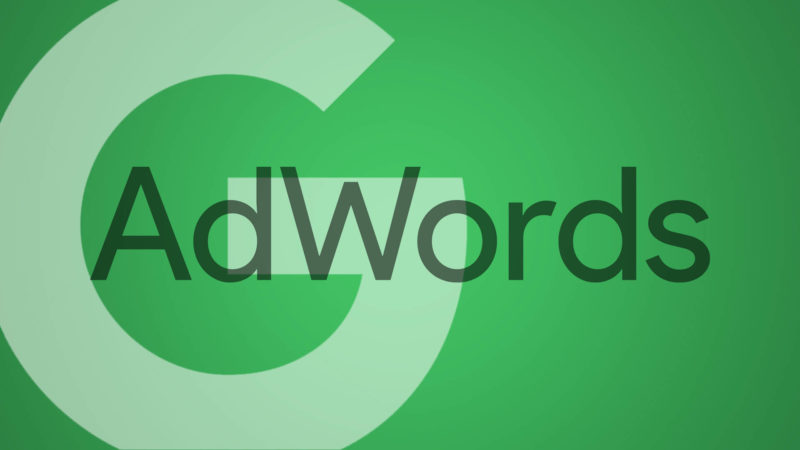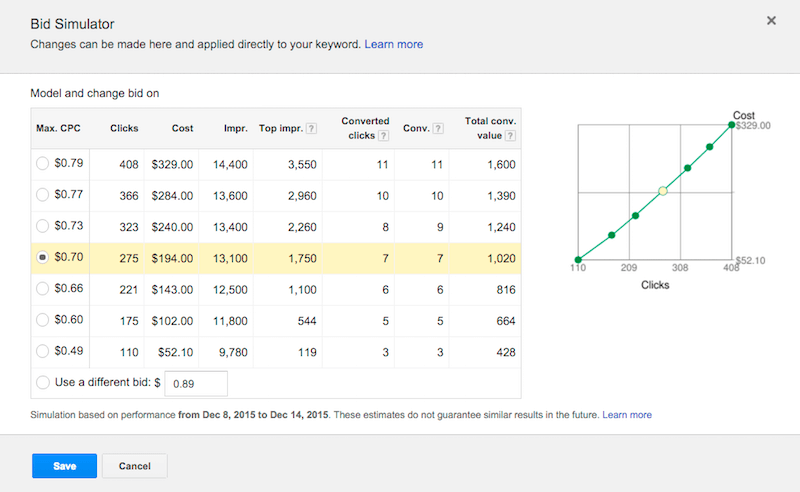The Six Quality Score & Ad Rank Questions Everyone Has For Google
People have lots of questions about ads quality, Quality Score and Ad Rank in AdWords. Columnist and Googler Matt Lawson tackles what you want to know.

Ad quality and Quality Score (the 1–10 metric in AdWords) are possibly the most debated things in all of AdWords. I think once you understand my employer Google’s point of view on quality, you can stop with the debate and start making optimizations.
Back in November, I wrote up a Q&A about advertisers’ burning AdWords questions. Given all of the questions we get on ads quality and Ad Rank, I wanted to dedicate a full Q&A to these topics. These are the questions our support teams get most often from all of you. Let’s run through what people want to know about quality.
1. How Do I Increase My 1–10 Quality Score?
I should start by pointing out that Quality Score (1–10) is a lot like age: just a number. This question should really be phrased, “How do I make better ads for my users?” Quality Score, that 1–10 number you can see on your Keywords tab, isn’t the best way to measure how well your ads are performing. In fact, it isn’t even used when calculating your Ad Rank. (Real-time, auction-specific quality calculations are used instead.)
What is helpful, though, is the system’s ratings for each of the components of your Quality Score (1–10). Are you below average, average or above average when it comes to your three quality components? Based on those ratings, you’ll have a sense of where AdWords thinks that keyword/ad combination can be better. A full list of specific steps to take for each of those three ratings can be found in this article in the AdWords Help Center, but here are some of the highlights:
| Component to improve |
Actions to consider taking |
|---|---|
| Ad relevance |
|
| Expected CTR |
|
| Landing page experience |
|
2. How Does Ad Rank Affect My Actual CPC?
The max CPC that you’ve set for your keywords enters the Auction and contributes to the actual CPC that you end up paying. You’ll ultimately end up paying what’s minimally required to hold your ad position and any ad formats shown with your ad. It’s explained really well in this video by my building-mate, Hal Varian. The better your other components of Ad Rank (quality/extensions), the lower the CPC you’ll typically end up paying to achieve different positions in the Auction.
3. Why Is Average CPC Not Indicative Of What I’m Paying?
Because averages suck. I know “suck” isn’t really business professional phrasing, so I’ll instead say, “This metric can be useful, but it’s easy to misinterpret.” I stole that language from an old Inside AdWords post about average position, also by my building-mate, Hal Varian. It’s a great post that’s well worth a read, as the lessons still apply today. (And also, man, has the results page changed a lot in four-and-a-half years. The screenshots in that post are showing their age.)
Your max CPC enters each auction, and depending on a host of factors, you can pay any amount up to that max CPC. Your actual CPC can even be over that max CPC if you have bid adjustments in place, which you probably do. I’ve included this table in a couple of other blog posts, so let’s go for a trifecta, as it applies here, as well:
| Max CPC | Total Clicks | Clicks with an actual CPC of $0.01 | Clicks with an actual CPC of $0.11 | Avg CPC |
|---|---|---|---|---|
| $0.11 | 10 | 9 | 1 | $0.02 |
| $0.09 | 9 | 9 | 0 | $0.01 |
One actual CPC near your max CPC can really throw off your averages if you almost always pay on the lower end of that spectrum. The headroom between your bid and the price you typically pay can vary widely, and that makes average CPC a metric that requires some context. Your max/actual CPCs appear across different, much more complicated distributions than I’m talking about in this chart, and that makes averages even less useful than what you see here.
Look at the bid simulator report for some of your keywords to see how a new max CPC can throw off your averages. Raising your max CPC can get you additional clicks, but your average CPCs might increase by a higher rate.
If you’re curious about the CPCs you’re paying for different types of clicks, segment your reports and unpack performance a bit. Geos/devices/match types/audiences/network. Segment by things like hour of the day to see if lunchtime clicks cost less than dinnertime clicks. There are so many variables in play, and the average of all of those can lead to a sometimes useful, sometimes misleading metric.
4. How Does Google Determine What Is A Good User Experience?
User experience is hugely important when measuring quality. A wide variety of metrics are used to calculate good user experience with your ads, and that variety has evolved over time (and continues to evolve). You won’t be able to get a comprehensive list of those factors, but the good news is that the most important ones are already available for you to evaluate.
CTR is the clearest one in terms of compelling ads. Plenty of other things go into ad quality, and quality is controlled for the position where your ad appears. But if things are relatively stable in your account, you should look at CTR and see if things are improving over time. That’s a great way to gauge user experience.
Similarly, as I said above, conversion rate is an excellent proxy for landing page experience. If people are completing your desired actions when they visit your site, then you’re most likely delivering a good experience.
5. Is There An Account- Or Domain-Level Quality That Is Taken Into Account In The Auction?
The Auction doesn’t use any type of internal, account-level quality measurement. Quality ratings are about a user’s query and the ad that’s serving against that query. When you’re launching new keywords, those keywords learn from other similar keywords in your account, but that’s only at the beginning. And even then, it’s often because new keywords share ad copy elements with established keywords. It doesn’t take much traffic before keywords are judged on their own merits.
This is one myth that’s refused to die, so please spread the word: There’s no such thing as account-level quality.
As for domains, because they appear in the copy of your ads, users can see them, and domains can affect user behavior just like any other element of creative copy (i.e., they can influence an ad’s CTR, as many who advertise on their brand term may already appreciate). I wouldn’t recommend changing domains as a quality optimization tactic or anything like that, but do acknowledge that your domain may affect user experience.
6. If I Create A Mobile-Preferred Search Ad, Will This Increase Quality?
That depends. Are you writing an ad that does a better job connecting with mobile users? If so, you should generally receive better quality ratings. Enabling mobile-preferred creatives simply to have mobile-preferred creatives won’t increase your quality.
Quality is all about user experience, and a good experience on mobile is often different from a good experience on desktop. Your mobile-preferred creatives should be created for mobile users. If they deliver a better user experience than your standard ads, then quality should improve.
Conclusion
We hear all sorts of questions about ad quality over here at Google, and I think the answers are a lot more straightforward than some people imagine. It really boils down to writing compelling ads that are relevant to your keywords and that lead people to an enjoyable site.
Contributing authors are invited to create content for Search Engine Land and are chosen for their expertise and contribution to the search community. Our contributors work under the oversight of the editorial staff and contributions are checked for quality and relevance to our readers. The opinions they express are their own.
Related stories
New on Search Engine Land
